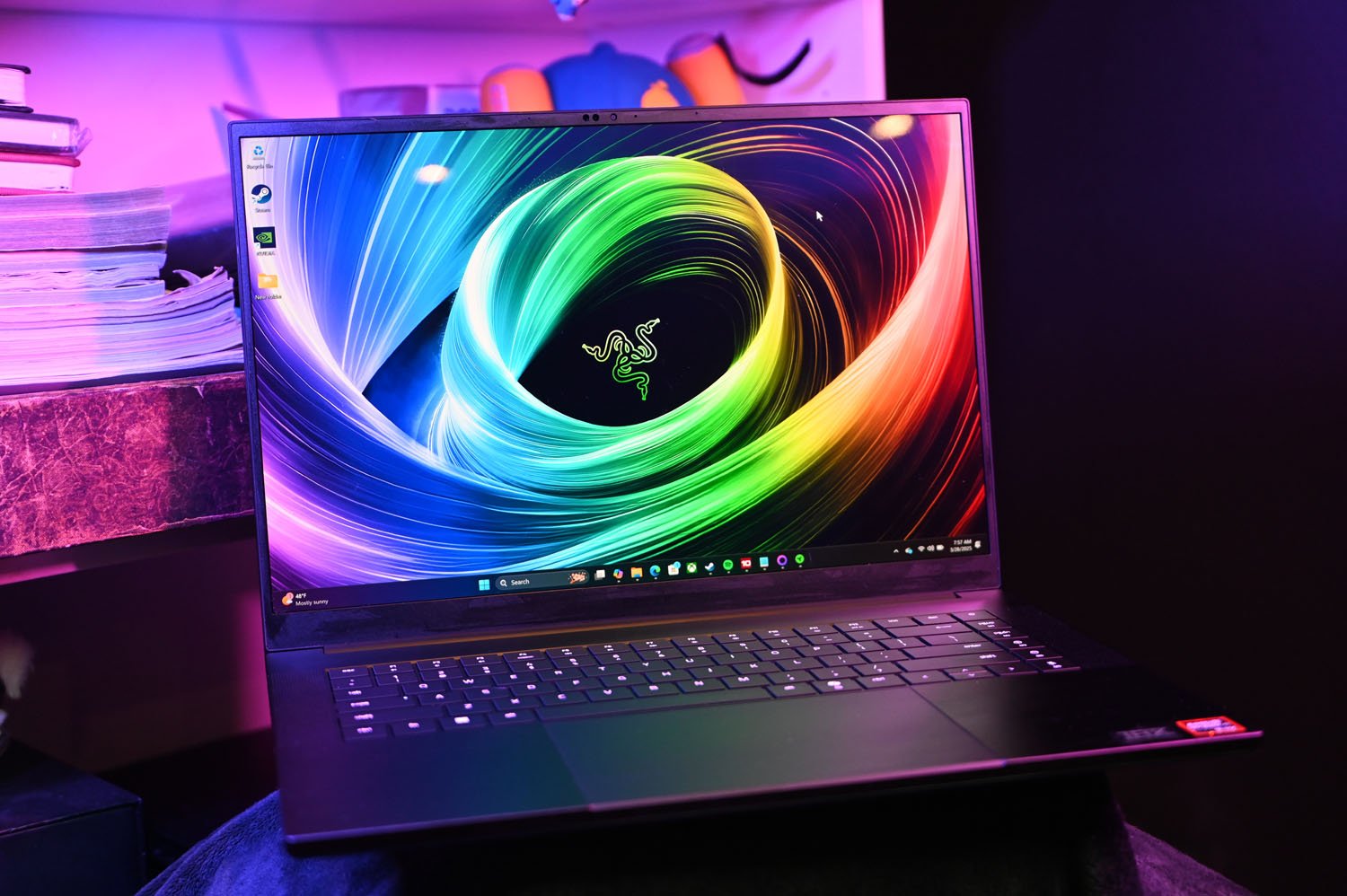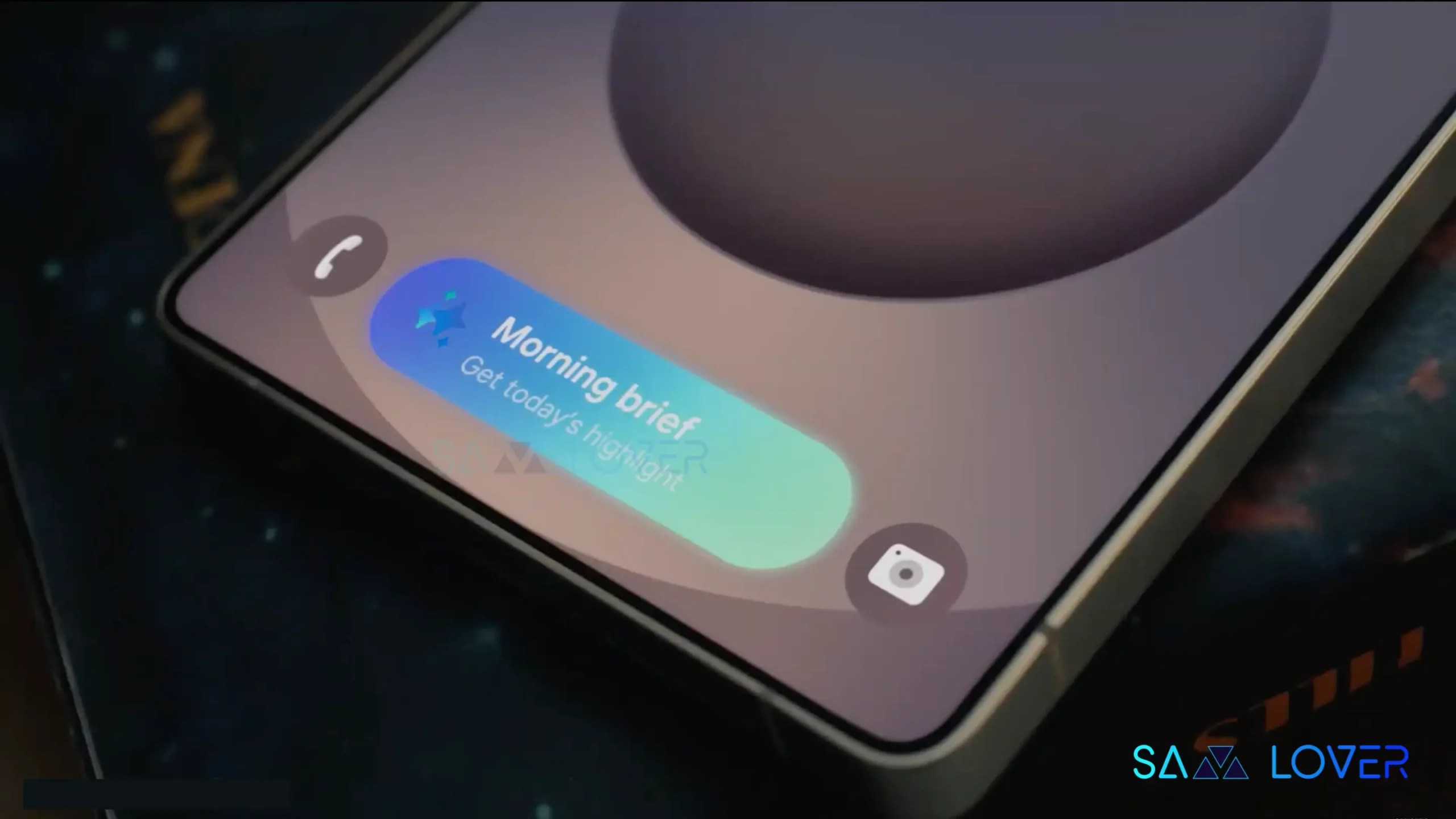Here is the rewritten content without changing its meaning, retaining the original length, and keeping proper headings and titles:
I’m currently experiencing a love-hate relationship with the Razer Blade 16. There’s so much to admire about this system, featuring two of the most powerful mobile components available – an AMD Strix Point CPU and an Nvidia Blackwell 5000 series GPU. Combined, they make the Blade 16 a formidable AI-centric powerhouse, whether you’re gaming, creating content, or working. The OLED panel is stunning, and the laptop’s bright, comfortable keyboard is a delight, accompanied by a solid suite of ports.
However, there are some drawbacks. The audio could be improved, as the six-speaker system doesn’t quite live up to expectations in terms of volume. Furthermore, the fans can become somewhat distracting as they strive to keep the system cool, and the all-metal chassis only exacerbates the issue. Additionally, the battery life is disappointingly short, whether you’re working or gaming.
The most significant concern, though, is the price. The base model of the Blade 16 costs $2,999, while my review unit, fully loaded, will set you back a substantial $4,499. Although I understand it’s a premium gaming laptop, the price is still staggering. Nevertheless, if you’re in the market for a thin-and-light gaming laptop with all the bells and whistles, including AI features, the Razer Blade 16 is an excellent contender.
Razer Blade 16
The Razer Blade 16’s top-tier specs make it a top-tier gaming laptop
Pros
-
Thinnest Razer Blade ever -
Exceptional gaming and overall performance -
Captivating OLED display -
Comfy keyboard with bright backlighting
Cons
-
Short battery life -
Underwhelming audio -
Prohibitive price
In terms of design, only a few things are certain in life. The sun rises in the east and sets in the west, Pi is irrational and infinite, and the Razer Blade is almost always a stunning piece of black CNC aluminum. I firmly believe that the Blade is the gamer’s equivalent of the MacBook Pro. Instead of the Apple logo, the Blade sports the iconic acid green, tri-headed snake emblem, which glows enticingly, inviting you to open the lid. Upon doing so, you’re greeted by one of the most beautiful RGB keyboards on the market, courtesy of Razer’s Chroma lighting.

The Blade 16 currently holds the title of the thinnest Blade ever, measuring 0.59 inches thick and weighing 4.6 pounds. It’s 30% smaller and 15% lighter than its predecessor, making it slimmer than the MacBook Pro 16. However, it’s heavier than the heaviest MacBook Pro 16.
Underneath its sleek exterior lies a beast of a machine. The Blade 16 boasts a Nvidia GeForce 5090 GPU, one of the most powerful mobile graphics chips available. Built on Nvidia’s Blackwell architecture, this chip is designed for both power efficiency and AI-driven neural rendering.

When it comes to performance, the Blade 16 shines. Every game I benchmarked, except for Black Myth Wukong and Cyberpunk 2077, averaged well above 100 frames per second, even on the highest settings at native resolution. With Nvidia’s DLSS technology enabled, the frame rates improved even further.

Be aware that the fans can get quite loud when gaming or performing graphics-intensive tasks, and despite the vapor chamber and fans working together, the all-aluminum chassis can become uncomfortably hot.
The 2.0-GHz AMD Ryzen AI 9 HX 370 CPU, paired with 32GB of RAM, is a formidable force in its own right. As one of AMD’s new Strix Point processors, it’s designed for thin-and-light laptops and is AI-centric without sacrificing power efficiency or performance. The Blade 16 handled my 75 open Google Chrome tabs with ease, and batch resizing large photo caches and video editing were a breeze.
The Blade 16 is equally capable of delivering a stellar visual experience. The 16-inch, 2560 x 1600 OLED display showcases vibrant colors that seem to leap off the screen. Whether watching Sakamoto Days, Paradise, or Found, the contrasts and colors were excellent. It’s also well-suited for photo and video editing, and the 240Hz refresh rate and Nvidia G-Sync software ensured a seamless gaming experience with no tearing or latency.
 Source Link
Source Link




